Cabbage is a very commonly grown vegetable in many gardens.
On average, it takes anywhere from 80 to 180 days for cabbage to be ready to be harvested.
This gives pests plenty of time to eat your cabbage leaves and cause damage.
Just like any plant, cabbage is prone to pests and animals that may be attracted to eating the crop.
But who are these culprits exactly?
Let’s have a closer look!
Table of Contents
What is Eating My Cabbage Leaves?
Animals and pests that may be eating your cabbage leaves include slugs, snails, worms, squirrels, chipmunks, and deer, as well as aphids and spider mites. While the smaller pests often leave holes in the leaves, the larger animals tend to devour significant portions of the cabbage foliage.
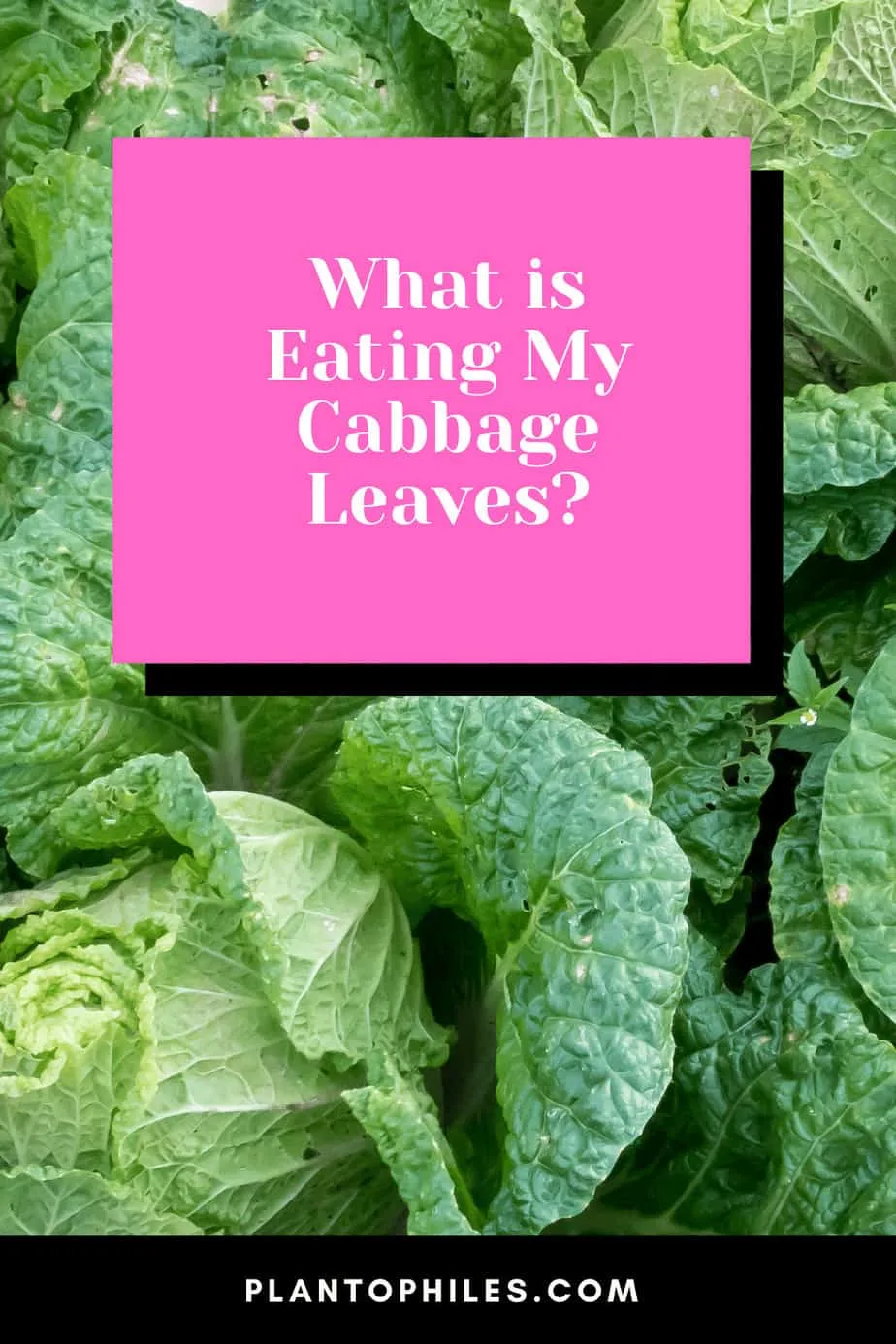
What is Eating My Cabbage Leaves
1. Aphids
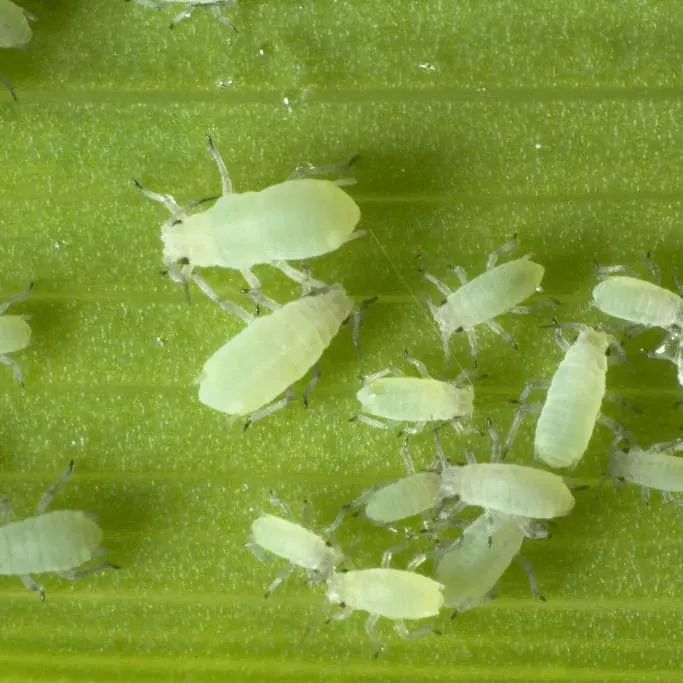
Aphids love to soak up plant sap and will also infest cabbage leaves
Aphids and other mites, such as spider mites, drain the essential sap in cabbage leaves.
This leaves the plant damaged and weak, making it more susceptible to disease and other pest infestations.
Aphids can be gotten rid of in many ways, depending on if you’d like to treat your cabbage plant chemically or organically.
A strong spray with a hose is one way to remove the aphids from the plant.
If the infestation is a bit too large to spray off, you can make your own homemade solution of water, dish soap, and neem oil.
This is used as a safer, more organic insecticidal soap.
If you are willing to take a chemical approach, they sell many insecticidal soaps used for gardening.
Another method is to use ladybugs.
Release them into your garden, and they will eat the aphids off of your cabbage plant.
2. Slugs and Snails
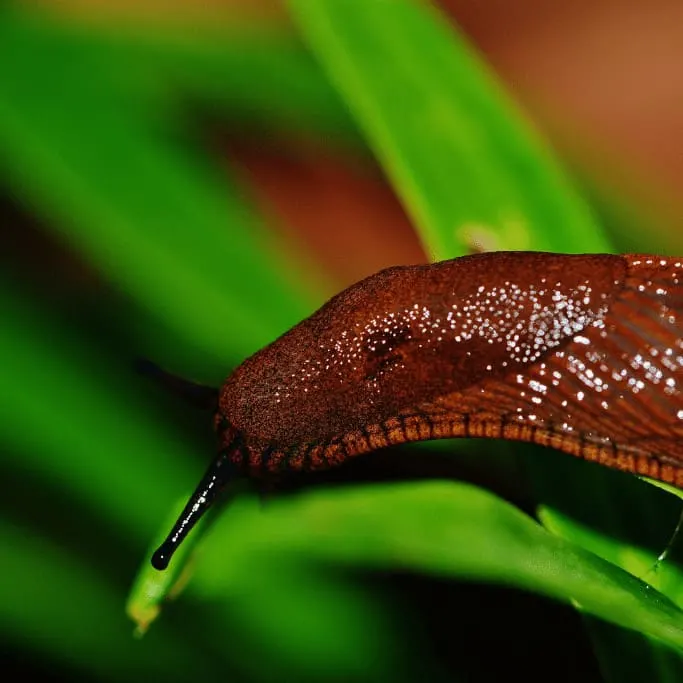
Slugs and snails will eat your cabbage leaves
Slugs and snails can create a lot of damage to cabbage plants.
It is very important to catch these pests while they are eating your crop.
This is because most snails and slugs will feed off your plant late at night or very early in the morning, while you are not around to see them.
These pests are known to eat large amounts of any garden plant in a very short period of time.
This is why you need to take action as soon as you notice any signs of slug or snail damage.
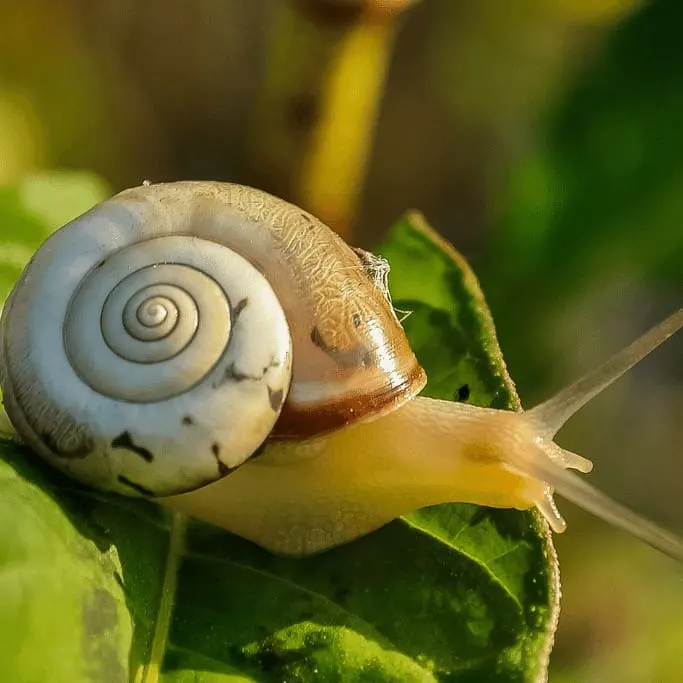
Snails have the ability to eat large amounts of garden plants
One method of controlling these pests is by using salt. Putting a barrier of salt around your cabbage plant will actually dissolve slugs.
However, when using salt, make sure to use it in small amounts, as plants are negatively affected by excess amounts of salt.
Planting rosemary, fennel, anise, or rue in your garden will deter snails and slugs away from your cabbage.
This is one of the best ways to keep away from chemicals but still effectively keep these pests away.
Another very effective method is making a beer trap. Do this by leaving out small containers filled with beer, the smell will attract the slugs. The slug will get stuck in the beer and eventually die.
3. Worms

Cutworms like cabbage plants
Cutworms as well as armyworm, are just a few examples of cabbage-eating worms.
Cutworms are about 2 inches long and curl into a c-shape, according to the University of Minnesota.
If your infestation is small, you can pick the worms from your plant or use a hose to spray them off.
If your infestation is a bit more significant, you can create the same water, dish soap, and neem oil solution and spray off the entire plant, making sure to focus on the underside of the leaves because that is where these worms usually like to hide.
Another organic method is to use flour. To do this, lightly dust your entire cabbage plant with flour. When the worms go to eat your plant, they will also eat the flour.
Once ingested, the flour will expand in the worm’s stomach, and this will eventually kill them.
4. Squirrels and Chipmunks

Squirrles are smart and hard to keep away
Squirrels and chipmunks are two of the most frequent animal pests seen in or around gardens.
They can both cause a lot of damage to your crops in many ways.
However, both of these animals are very smart resulting in why they are so hard to keep away.
Squirrels are known to dig small, golf ball-sized holes within the area of your garden. They will also leave bite marks on your cabbage leaves.

Chipmunks, as well as Squirrels, are smart and, therefore hard to keep away from your cabbage
You may also notice missing plants. These rodents could leave behind pieces of your cabbage plant, or they may even completely disappear.
There are a few ways to protect your cabbage plant from these rodents. One of the easiest ways is to repel them with certain scents.
Peppermint oil and vinegar are just a few that may help.
Squirrels and chipmunks are attracted to the sight and smell of fruit, nuts, and seeds. These items will lure them into your yard, and then they will stay and feed off of your garden plants.
Make sure to clean underneath trees and bird feeders to reduce the attraction.
5. Deer
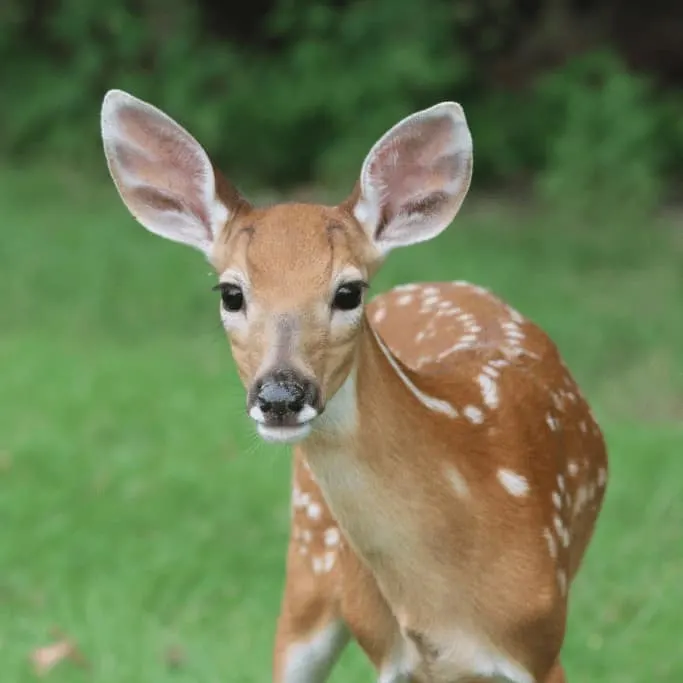
Deer, as cute as they are, are a threat to your cabbage plants
Large animals like deer are also another animal you need to watch out for.
Thankfully, they aren’t as common as the others, but they can still cause damage to your crops.
Deer leave pretty noticeable damage. They leave behind a very rough and messy appearance on the leaves they have nibbled on.
However, the damage left by deer is more likely when their population is higher, and the weather conditions are stressful.
So, how to keep deer out of your garden?
One proven way to keep deer at bay is to use barriers. You can use plastic netting or chicken wire over or around your cabbage plants.
You can also use fencing, but deer are known for their agility. So make sure the fencing you use is tall enough to keep them out.
Frequently Asked Questions about “What is eating my cabbage leaves?”
What signs of damage should I look for on my cabbage leaves?
Signs of pest damage are holes in the leaves, skeletonized leaves, as well as any pest excrement.
What are some of the common animal pests that will damage my cabbage plant?
Just like insect pests, there are many animal pests that love to eat cabbage. Chipmunks, squirrels, raccoons, mice, rabbits, and deer are just some of the animals that will give you garden trouble.

Daniel has been a plant enthusiast for over 20 years. He owns hundreds of houseplants and prepares for the chili growing seasons yearly with great anticipation. His favorite plants are plant species in the Araceae family, such as Monstera, Philodendron, and Anthurium. He also loves gardening and is growing hot peppers, tomatoes, and many more vegetables.


